Genius Sunburn Remedies That Work FAST: Natural Relief with Aloe, ACV & More (At Home)
You know that moment you realise you’ve stayed in the sun too long… (ouch)… and your skin’s already paying for it?
It usually hits LATER, once you’re inside and starting to feel that heat rising off your shoulders or the tightness on your face.
The worst bit is how uncomfortable it can get. That tight, dry feeling… or the heat coming off your skin even hours later.

Sunburn remedies that actually help: simple ways to soothe your skin naturally
And if you’re fair-skinned or naturally sensitive, it doesn’t take much sun for it to happen.
So I thought I’d put together some of the remedies I’ve either used myself or kept hearing about over the years.
Trust me, the below are simple, natural options (some things you might already have in the kitchen, like aloe vera, apple cider vinegar, or black tea).
They’re not miracle cures, but they can make a big difference when you need some quick, soothing relief, especially if you want to avoid perfumed creams or harsh aftersun products. Those are a NO-NO for me!!
If your skin’s feeling hot, red or uncomfortable, keep reading.
There’s plenty here you can try at home.
DISCLAIMER: Yes, you’ll find affiliate links below, if you decide to purchase through them it won’t cost you any extra, I might earn a commission.
Instant relief sunburn hacks (that actually work)
Let’s start with the ones that bring quick relief when your skin feels hot, tight or just plain sore. These are natural, no-fuss remedies — and there’s actually a good reason why they work so well.
1. Apple cider vinegar spray
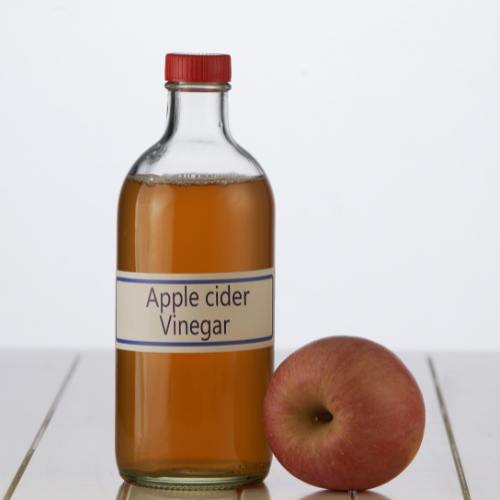
Yes, really. Vinegar. Dilute a splash of apple cider vinegar in cool water (about 1 part vinegar to 3 parts water – DILUTE!! VERY IMPORTANT!!), then lightly spray it over the sunburnt area.
Why it works: ACV is naturally acidic, which helps rebalance your skin’s pH after too much sun (sunburn makes the skin more alkaline). That pH shift can ease the burning sensation. It also has mild anti-inflammatory and antibacterial properties, ideal if your skin is feeling hot and irritated.
Bonus tip: Mix it with cooled green tea to add a second layer of soothing (thanks to tea’s tannins and antioxidants).
If you don’t have Apple Cider Vinegar at home, HERE’S THE ONE I RECOMMEND.
2. Aloe vera (fresh or gel… just keep it clean)
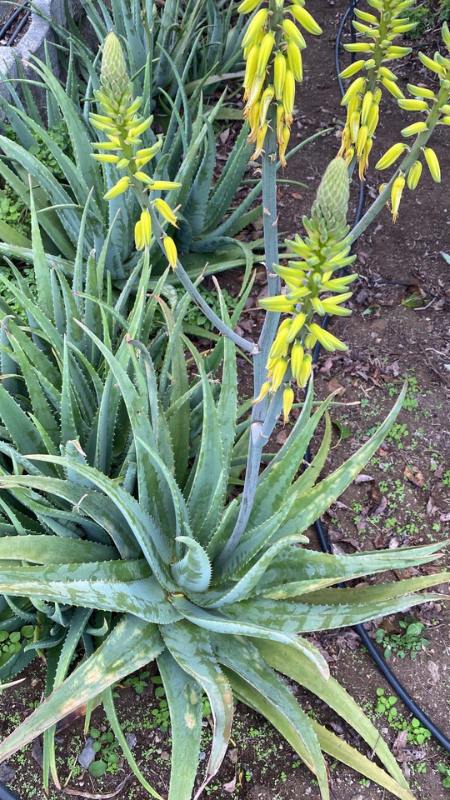
There’s a reason aloe vera shows up in every aftersun product. It’s packed with compounds like aloin and polysaccharides, which help reduce inflammation, promote healing, and hydrate deeply. If you want to REALLY learn aloe vera, read all my articles. They live here.
If you’ve got a plant at home, scoop out the clear gel and apply it directly (I make my own from my lovely aloe vera plants but I’m not pretending for you to start getting into DIY aloe vera gel. Just make sure to buy a GOOD, NATURAL ONE. Here’s the one I recommend.
(So, if you’re using a shop-bought version, go for one that’s free from alcohol, fragrance or artificial colours, because those will just make things worse, trust me).
Why it works: Aloe is about 98% water, but it also contains compounds that act a bit like a natural bandage. It cools the skin on contact and encourages repair. Some studies even show it can help heal minor burns faster.
Keep it in the fridge if you want that extra chill factor. I ALWAYS do!
3. Black tea compress
Steep 2–3 bags of strong black tea, let it cool completely, then soak a clean cloth in it and press it gently onto the burnt skin.
Why it works: Black tea is rich in tannins, which are astringent plant compounds. They help draw heat from the skin, reduce inflammation, and tighten the outer layers of tissue, offering a bit of a barrier and easing pain.
I find this especially soothing on the face or neck — those delicate areas that seem to sting the most.
Black tea is a STAPLE at home and we get the one from Marks & Spencers in the UK. If you can’t get a hold a good organic black tea, HERE’S THE ONE I RECOMMEND.
4. Baking soda bath
For those times when you’ve burnt more than just a little patch, a baking soda bath can feel like absolute bliss.
Add ½ cup of baking soda to a lukewarm bath and soak for 15–20 minutes. No scrubbing, just gentle soaking.
Why it works: Baking soda is alkaline, which may help neutralise the acidic proteins in sun-damaged skin that contribute to pain and inflammation. It also helps reduce itchiness and has a mild antiseptic effect.
Plus, the water keeps you cool without being harsh, no need to blast cold showers.
Everyone has baking soda at home, but, if for whatever reason you don’t have it I RECOMMEND THIS ONE.
Oils and natural moisturisers that help your skin bounce back
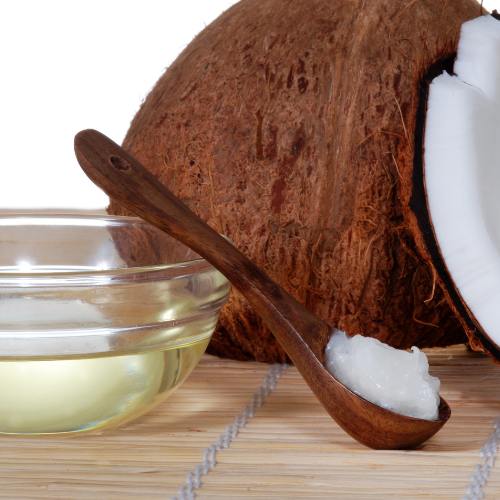
Once the heat has calmed down a bit and your skin’s no longer burning to the touch, it’s time to start focusing on moisture, repair, and comfort.
That tight, dry feeling can last for days and if you don’t support your skin properly, it might start peeling or cracking.
These are the ingredients I’ve used myself or recommended to friends: gentle, plant-based, and surprisingly effective!
1. Coconut oil (but not straight after the burn!)
If you’re tempted to slather on coconut oil as soon as you notice sunburn, hold off a little.
Oils can trap heat if the skin is still inflamed. But once the redness has settled, coconut oil can be a wonderful moisturiser.
Why it works: Coconut oil contains lauric acid, a natural fatty acid with antimicrobial properties, along with vitamin E and a rich dose of hydration. It helps repair the skin’s natural barrier and prevents moisture loss, which is essential once your skin starts to dry out and flake.
How to use: Apply a small amount to clean, dry skin (once it’s no longer hot), preferably after a cooling treatment like aloe. Just warm a little between your palms and smooth it over the affected areas.
Don’t have coconut oil? (I use it a lot! find out here how I use it, etc). If you want a good one at a good price, HERE’S THE ONE I RECOMMEND.
2. Vitamin E oil

You’ve probably seen vitamin E mentioned on countless skincare labels (and with good reason). It’s known for its ability to help the skin recover from damage.
Why it works: Vitamin E is a powerful antioxidant, which means it helps counteract the oxidative stress caused by UV exposure. It also supports skin repair by encouraging new cell growth and helping the skin hold onto moisture.
How to use: If you have a bottle of vitamin E oil or capsules, dab a little onto the driest areas (once they’ve cooled). It’s thick, so best used sparingly, or mixed into a lighter oil like almond or sunflower.
3. Calendula-infused oil
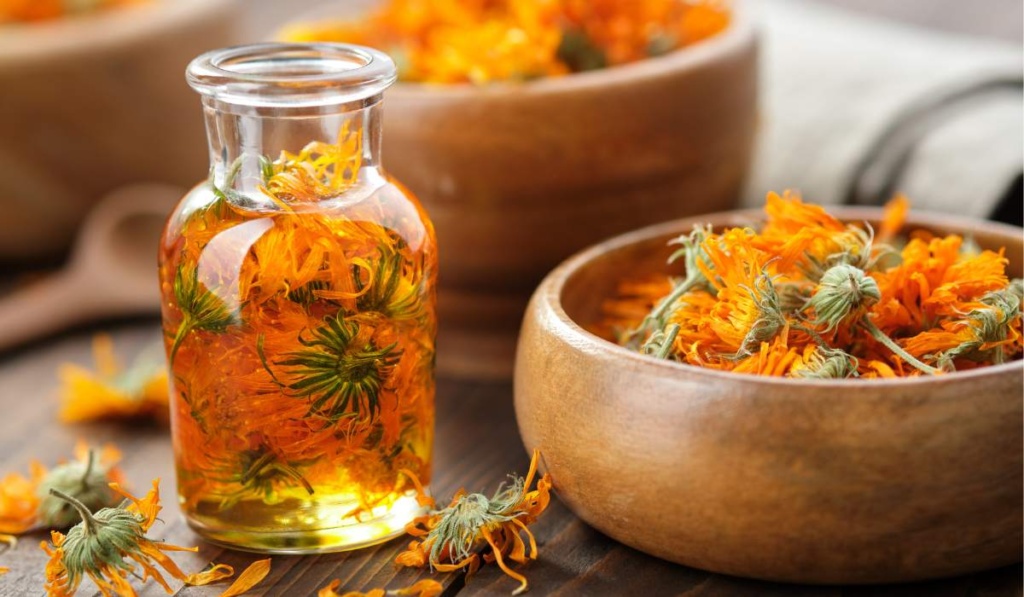
If you’re into herbal skincare like me, you might already know calendula (marigold). It’s gentle, soothing, and ideal for sensitive skin.
Why it works: Calendula contains compounds like flavonoids and triterpenoids, which have been shown to reduce inflammation and support skin regeneration. It’s been used for centuries to treat minor burns, wounds, and irritated skin, yes, sunburn included.
How to use: You can buy calendula-infused oil or make your own (though that takes a few weeks, so I’m not going to go into it now but yes, you can make your own). Apply it directly to the affected skin after the initial heat has calmed, ideally once or twice a day.
4. Chamomile essential oil (diluted please!!)
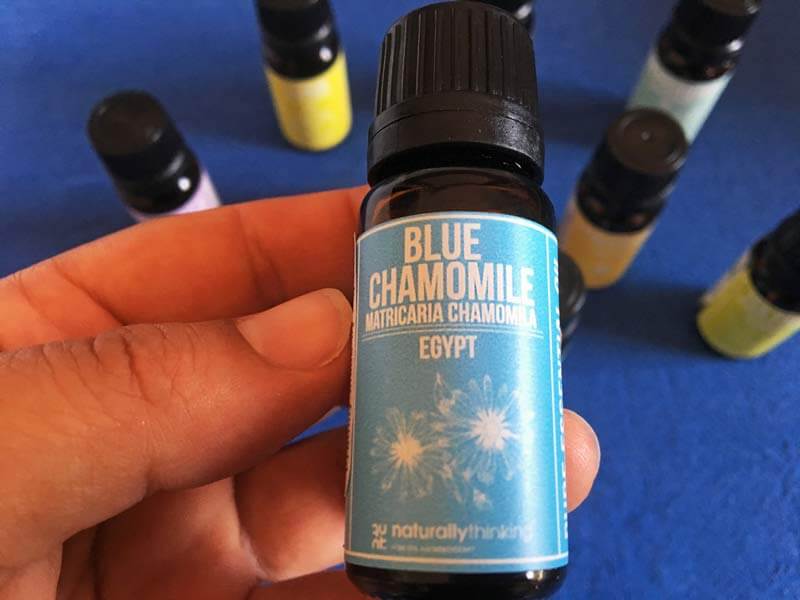
Chamomile essential oil can also soothe sore, red skin, as long as it’s used CORRECTLY.
Why it works: Chamomile contains azulene, a compound that gives the oil its bluish tint and has anti-inflammatory, calming properties. It’s been studied for its skin-soothing effects, and is often recommended for irritated, sensitive skin.
How to use: NEVER apply essential oils neat. Mix 1 drop of chamomile essential oil into a tablespoon of a carrier oil (like jojoba or sunflower), and gently apply to small patches of skin that feel dry or irritated.
When to use which remedy (without overthinking it)
I know it’s a lot to take in.
And if your skin’s sore, you don’t want to sit there thinking “wait, which one was I meant to use now?”
So here’s a quick guide to help you decide what to reach for and when.
Nothing fancy, just a few gentle pointers to make things easier.
Your skin feels hot, tight or sore (that first few hours)
Reach for:
- Apple cider vinegar spray – great for calming things quickly
- Aloe vera – the classic! Especially nice on the face and shoulders
- Black tea compress – perfect if it’s red, sensitive or a bit stingy
- Baking soda bath – if the sunburn’s over a large area
Avoid: oils, creams, or anything that traps heat at this stage.
The heat has calmed down, but now it feels dry and tight
Reach for:
- Aloe vera again – it’s still useful here, especially if stored cold
- Coconut oil – now’s the time to use it, just don’t overdo it
- Calendula or vitamin E oil – lovely for soothing and repair
- Chamomile oil (diluted) – especially for small, itchy patches
Use these after you’ve cooled the skin — never on hot or burning skin.
Your skin feels irritated, itchy, or you’re starting to peel
Reach for:
- Oat milk or oat water – calming and protective
- Baking soda bath – still great at this stage to reduce itch
- Black or green tea rinses – perfect for the face or neck
- A DIY aftersun spray – if you want to keep your skin calm through the day
This is also when you want to moisturise consistently, ideally after baths or aloe treatments while your skin’s still damp.
You like the idea of doing a little extra care
Go for:
- Chamomile essential oil (diluted) – just a few drops for calm
- Calendula oil – very nurturing, especially on sensitive areas
- DIY aftersun spritz – fun to make, and your skin will love it
None of these are essential, but they’re wonderful if you want to give your skin a bit more love.
Soothing herbal extras (if you want to go a bit further)
Sometimes you just want to do a little more, especially when your skin’s still sore or you’re trying to stop the peeling before it starts.
These are gentle, time-tested extras that aren’t essential, but they can offer a real boost if you’re into herbal skincare or looking for something a bit more nurturing.
1. Black tea again, but this time for a face rinse
We already talked about using black tea as a compress, but here’s another idea: a black tea face rinse.
Why it works: The tannins in tea act like natural anti-inflammatories, helping reduce redness and calming irritated skin. They also have mild astringent properties that can gently tone the skin and make it feel more comfortable.
How to use: Brew a strong cup, let it cool completely, then splash it gently over your face like a toner. You can also store it in a small spray bottle in the fridge and mist your face throughout the day.
2. Oat milk or oat water for itchy, peeling skin
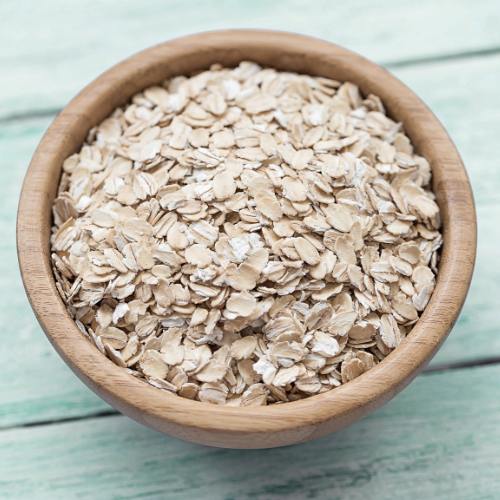
If your skin’s starting to feel dry and itchy (especially as it begins to peel), oats can be a real friend. You don’t need special products, just a handful of oats and some water. Easy!
Why it works: Oats contain beta-glucan, a soothing compound that forms a protective film over the skin and helps with hydration. They’re also naturally anti-inflammatory and often used for eczema and irritation.
How to use: Place a handful of oats in a clean sock or muslin cloth, tie it up, and steep it in warm water like a tea bag. Use the milky water to pat onto the skin or add it to a lukewarm bath.
3. Green tea rinse or compress
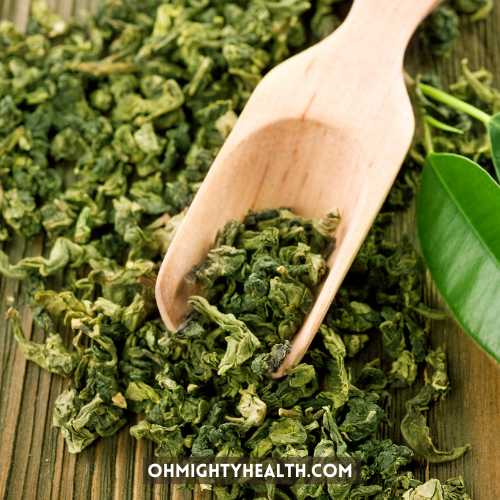
Green tea works similarly to black tea but with a slightly different profile of antioxidants (like EGCG).
Why it works: Green tea’s anti-inflammatory effects are well-documented: it helps reduce swelling, calm the skin, and may even support healing on a cellular level.
How to use: Brew it strong, cool it down, and use it as a rinse, compress, or face mist, especially good for the face, neck and chest.
If you don’t have green tea, HERE’S THE ONE I RECOMMEND.
4. A DIY aftersun spritz (aloe + tea + hydrosol which is a floral water)
If you want to make something a bit more personalised you can try and mix your own calming spray with aloe vera juice, a few tablespoons of cooled black or green tea, and a splash of lavender or chamomile hydrosol.
Why it works: Each ingredient brings something useful: aloe hydrates, tea soothes, and hydrosols offer gentle cooling and anti-inflammatory properties.
How to use: Shake it all up in a spray bottle, keep it in the fridge, and mist whenever you need that gentle, cooling comfort. Just make a small amount and keep it in the fridge no longer than a few days.
What NOT TO DO when you’ve got sunburn
When your skin’s sunburnt, it’s fragile, even if it doesn’t look too bad yet.
One of the easiest ways to make it worse is by doing something that seems harmless but ends up causing more irritation.
Here are a few things I really recommend avoiding, especially in those first couple of days.
1. Don’t use thick, greasy creams straight away
It might feel instinctive to slather on a heavy moisturiser, but if your skin is still hot or inflamed, thick creams can trap heat and make it worse.
Why to skip it: Products like petroleum jelly or rich body butters don’t allow your skin to breathe. They hold in the heat and slow down your skin’s natural cooling process.
2. NEVER apply essential oils neat (even if someone swears by it!!)
Some people will tell you to pop a bit of lavender oil directly onto your sunburn. Please don’t.
Why to skip it: Undiluted essential oils can cause further irritation, especially on already damaged skin. They’re potent, concentrated plant extracts. Always dilute first (1 drop in 1 tablespoon of carrier oil is a safe ratio).
3. Don’t scrub, exfoliate or peel!
It can be tempting to “help” peeling skin along or try to smooth things out. Try not to.
Why to skip it: Peeling is part of the healing process. Scrubbing or rubbing can break the skin’s surface and increase the risk of infection or scarring.
Just keep it moisturised and let it fall away naturally.
4. Avoid fragranced lotions, alcohol-based products, and most aftersun gels
Yes, even those “aftersun” gels that smell like tropical holidays. Check the label before you use anything.
Why to skip it: Synthetic fragrance and alcohol are two of the most common irritants in skincare. Sunburnt skin is way more reactive than usual. Stick to plain, calming products with no perfume. Please.
5. Skip hot showers
They might feel comforting, but they’re not doing your skin any favours. I actually never want a hot shower after burning my skin. It’s instinctive.
Why to skip it: Hot water strips the skin’s protective barrier, which you really need right now. It also increases blood flow to the surface, making redness and heat worse.
Opt for lukewarm water only, and keep the shower short and gentle.
My go-to bath recipe when I’ve caught too much sun

This is the bath I come recommend you take if you have the chance.
It’s one of the easiest ways to calm down hot, irritated skin and just feel a bit more human again.
This might not be not one of those fancy Pinterest spa baths. But it is dead simple, practical, and it works:
What you’ll need
- ½ cup baking soda
- ¼ cup apple cider vinegar
- A small handful of oats (in a muslin bag, sock, or tea strainer)
- 3–5 drops of chamomile or lavender essential oil (optional, but nice — and only if diluted in a little carrier oil)
Why these work:
Baking soda helps calm the skin and reduce that itchy, restless feeling that can show up a day or two after sunburn. It’s mildly alkaline, which helps neutralise inflammation and support healing.
Apple cider vinegar sounds odd in a bath, I know, but it’s brilliant for restoring pH balance and easing that slightly stingy, hot sensation. If your skin feels angry, this will help take the edge off.
Oats are my go-to for any sort of skin irritation. They release a milky substance that soothes inflammation and helps the skin hold onto moisture, especially helpful if you’re starting to peel.
Essential oils like chamomile or lavender bring an extra bit of comfort, but only if used properly. Just a few drops diluted into a tablespoon of almond or sunflower oil is enough. I don’t always add this step, but sometimes it’s exactly what I need.
How to use:
- Fill the bath with lukewarm (not hot!) water.
- Add everything to the water — the baking soda, vinegar, oats, and the essential oil blend if using.
- Soak for 15–20 minutes.
- When you get out, don’t rub your skin — just gently pat dry with a soft towel.
- Follow up with aloe or your favourite moisturising oil while your skin’s still slightly damp.
This bath won’t make the burn vanish overnight, but it really does help settle everything down — body and mood included.
Quick tips to help your skin heal faster
Once the heat’s gone and you’ve done what you can for the immediate discomfort, it’s all about helping your skin recover well, and avoiding the dreaded peeling stage if you can.
Here are a few things that can make a real difference:
Hydrate & hydrate again!
Drink more water than usual.
Sunburn draws fluid away from your body’s core and out to the skin, so dehydration can sneak up on you fast.
You don’t need anything fancy, just plenty of plain water, maybe with a pinch of sea salt or squeeze of lemon if you like.
Don’t forget your diet
Your skin is repairing itself, and it needs support from the inside.
Reach for foods rich in vitamin C, vitamin E, and beta-carotene like leafy greens, sweet potatoes, carrots, red peppers, and berries.
Keep things gentle
Now’s not the time for scrubs, masks, exfoliants, or active skincare.
Stick with the most basic, calming products you have, or nothing at all for a few days if your skin feels better that way.
Moisturise regularly
After any aloe or cooling treatments, follow up with something rich in natural fats to seal in moisture, think coconut oil, calendula oil, or a plain, unscented body butter.
The KEY is to apply it while your skin is still slightly damp.
Let it heal at its own pace
It’s hard, I know, but resist the urge to touch, peel, or speed things along.
Your skin is doing what it needs to do, your job is just to support it and stay comfortable while it works.
One last thing…
Sunburn happens, even when we’re careful.
I hope this guide has given you a few practical ideas to help ease the discomfort and give your skin what it needs to recover naturally.
For me, it’s never just about throwing a product on and hoping for the best.
It’s about understanding what your skin’s going through and choosing things that feel good, make sense, and don’t cause more harm than good.
Whether it’s aloe from your windowsill, a cooling black tea compress, or that baking soda bath you’ll end up swearing by… I hope something here helps you feel a bit better.
Patri xx
Resources
1. Puvabanditsin P, Vongtongsri R. Efficacy of aloe vera cream in prevention and treatment of sunburn and suntan. J Med Assoc Thai. 2005; 88 Suppl 4:S173-176.
2. Huang Y-N, Chen K-C, Wang J-H, Lin Y-K. Effects of Aloe vera on Burn Injuries: A Systematic Review and Meta-Analysis of Randomized Controlled Trials. J Burn Care Res. 2024; 45(6):1536–45.
3. bidhuri arushi. Is apple cider vinegar a good home remedy for sunburn? Healthshots [Internet]. 2024 [cited 2025 Jun 13]. Available from: https://www.healthshots.com/beauty/natural-cures/apple-cider-vinegar-as-a-home-remedy-for-sunburn/.
4. Elhage KG, St Claire K, Daveluy S. Acetic acid and the skin: a review of vinegar in dermatology. Int J Dermatol. 2022; 61(7):804–11.
5. Zhao J, Jin X, Yaping E, Zheng ZS, Zhang YJ, Athar M, et al. Photoprotective effect of black tea extracts against UVB-induced phototoxicity in skin. Photochem Photobiol. 1999; 70(4):637–44.
6. First aid for sunburn. Mayo Clinic [Internet]. [cited 2025 Jun 13]. Available from: https://www.mayoclinic.org/first-aid/first-aid-sunburn/basics/art-20056643.

